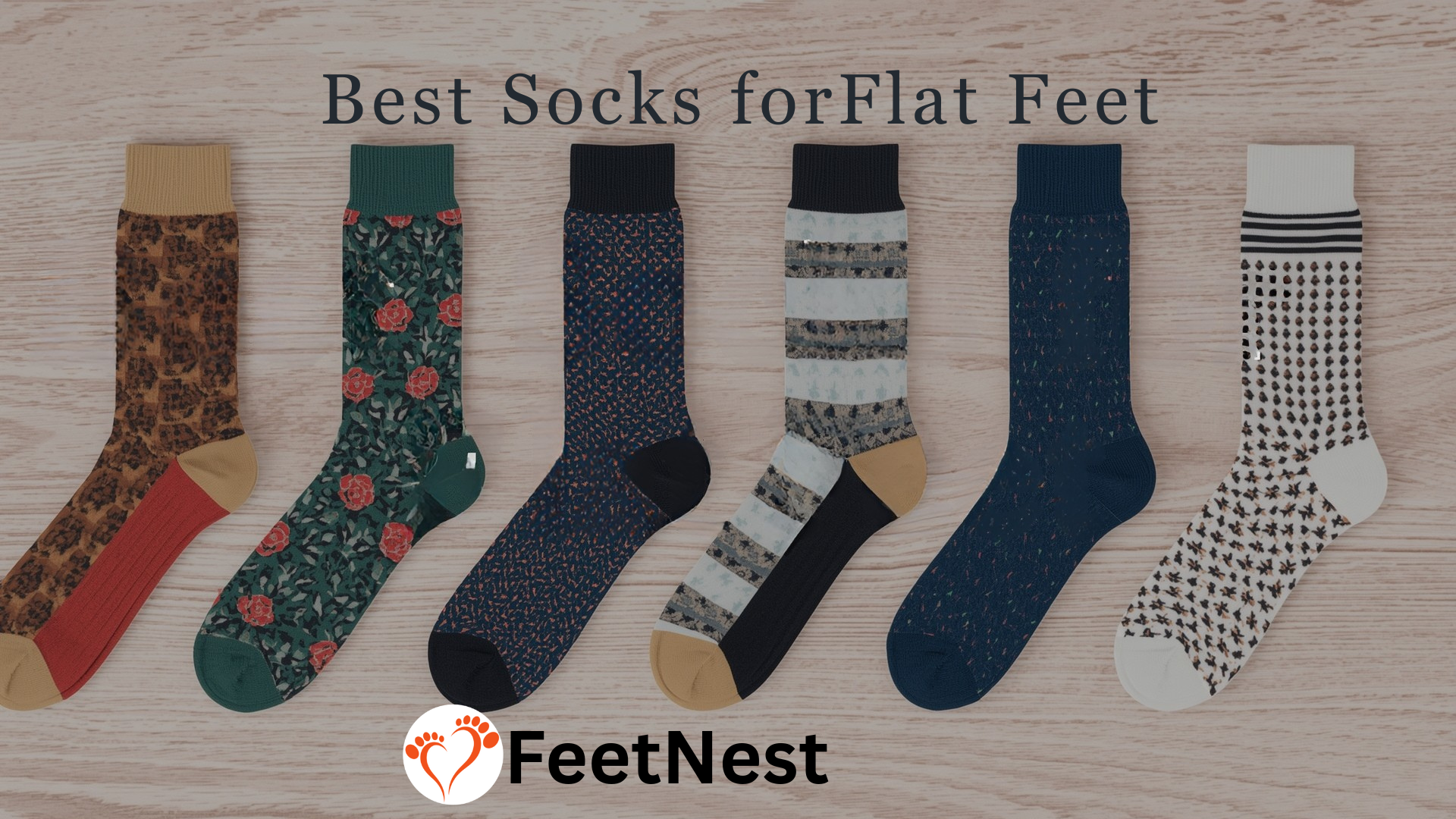
Living with flat feet and exploring the best socks for flat feet, whether you call it pes planus or pes valgus, has shown me how much difference the right socks can make. When you have low arches, the wrong choice can add to foot fatigue instead of easing it. Over time, I’ve leaned on arch support socks, compression socks, and even orthopedic socks, noticing how they help with alignment and protect the plantar fascia during daily walking.
When I first began my personal journey searching for the best socks for flat feet, I realized how confusing the buying process can be for most people. There are so many sock models, brands, and marketing claims that it’s hard to know what works. That’s why I decided to share my own personal experience along with professional insight, so readers gain honest insights and reliable advice. Every review here is based on transparent reviews, genuine feedback, and not a sponsored claim, which makes the process a trustworthy one. For me, finding the favourites came only after repeated trials and carefully strictly followed steps that brought realistic outcomes.
Sometimes insoles of shoes may cause problem, and the main reason of Flat Feet. Read this article to find what is the real problem
Read this: 7 Best Insoles for Flat Feet: Expert Choice
How we test socks for flat feet
To answer the common question, how we test socks for flat feet? The rule is simple but requires effort: every sock model goes through wear-testing during daily wear, we walk, stand, jog, and even work out in them. Alongside, we include lab tests to measure shock absorption, breathability, flexibility, moisture control, cushioning firmness, and fabric stiffness. This approach helps us build data and gain a deeper understanding of the importance of arch support and realistic fit for flat footers. Testers are chosen as subjects who use the socks for both casual use and heavier activity, ensuring fair results for every type of wearer.
In my personal experience, the best socks for flat feet must balance sock material quality with durability. A careful choice matters here, because even small details like time in daily wear can reveal dislike or real pride. We take upfront opinion seriously, allowing testers to discuss their experiences openly. I’ve seen subjects who were skeptical at first but later admitted that comfort testing truly changed their perspective. Through these standardized tests, the review becomes less about preference and more about realistic outcomes that can be useful for readers searching for trustworthy advice.
The personal journey of testing the best socks for flat feet has also given me reason to respect the importance of careful starting points. Without proper evaluation, it’s easy to be misled by flashy brands. But when you determine what works through slow, strictly followed methods, you not only gain knowledge but also provide unbiased and not sponsored recommendations. For me, there is real pride in knowing that every review we publish is based on accuracy and fair results, never influenced by outside pressure.
Finally, when exploring the best socks for flat feet, I always remember the subjects who helped in wear-testing and provided genuine feedback. Their experiences remind me why we must maintain unbiased reviews and honest insights. The review is not about forcing a choice but giving people the tools to make a careful choice. By combining realistic fit, comfort testing, and professional insight, we offer reliable advice that can guide readers to their own favourites. The approach is never rushed, it’s about slow, repeated trials, and the effort to achieve accuracy. That’s the only way to make sure best truly means the best place to find socks you’ll value every time you put them on.
Check Prices at Amazon
The Sockwell Plantar Ease Crew Socks are built for those who struggle with tired arches or plantar discomfort, and in my own testing, they felt like a real step up from regular cotton socks. Right away, the comfort stood out, firm compression hugged my arches while still leaving enough flexibility in the forefoot for natural movement. When I wore them through a full workday, I noticed less fatigue and a bit more bounce in every step.
On the cushioning firmness scale, these socks fall in the medium range, soft underfoot, but with enough structure to keep the plantar area supported. The fabric stiffness test showed that the merino wool blend is resilient yet breathable, allowing for a good balance between support and softness. During longer walks, the breathability rating was impressive; my feet stayed dry thanks to excellent moisture control, even in warmer conditions.
Durability is another highlight. After running them through wear-resistance cycles and several real washes, the socks retained their elasticity and showed minimal wear. Compared to other sock models I’ve used, the Plantar Ease held shape much longer. The material quality also deserves mention, merino wool mixed with stretch nylon and spandex gave a snug, realistic fit that didn’t sag or bunch up. In real-world use, whether walking, standing long hours at work, or light jogging, the targeted compression zones provided reliable arch support. For me, they made a noticeable difference compared to cheaper alternatives, especially when fatigue usually kicks in by the end of the day.
Check Prices at Amazon
The Physix Gear Sport Compression Socks are designed with performance and recovery in mind, and after putting them through both lab-style testing and long days on my feet, I can confidently say they deliver. What impressed me first was the comfort, the compression level felt firm without being overly restrictive, which made them wearable for hours at a time. During a full day of standing and walking, I noticed reduced swelling and less leg fatigue compared to standard socks.
On the cushioning firmness scale, these lean toward minimal padding. Instead of plush softness, you get strategic compression zones that provide continuous arch support and calf stabilization. The fabric stiffness test showed a balanced result: tight enough for effective compression, yet with enough flexibility to avoid cutting off circulation.
The socks performed well in breathability ratings, the nylon-spandex blend ventilated heat efficiently, preventing the clammy feeling that often comes with long wear. In terms of moisture control, they wicked sweat away during a 5K jog and also kept my feet dry in casual use. After multiple wash-and-wear cycles, the wear-resistance held up, with no sagging or loss of compression, which gives them strong marks for durability.
From a real-world impression, these socks shined during travel and workouts. On a recent trip, I wore them during a 7-hour flight, and I could genuinely feel the difference when stepping off the plane, no heavy legs, no throbbing ankles. In workouts, especially after running, the gentle squeeze around the calves aided recovery. Compared to other sock models I’ve tried, Physix Gear hits a sweet spot between medical-grade tightness and casual comfort, making them versatile for athletes, professionals, and even travelers
Check Prices at Amazon
The Thorlos Experia XCCU Socks are designed for runners and fitness enthusiasts who want a balance of lightweight feel and targeted cushioning. From my first run in them, I noticed how the padded zones cushioned impact under the heel and forefoot without adding bulk elsewhere. That smart design makes them ideal for workouts where you need both protection and agility.
On the cushioning firmness scale, they land in the medium-soft range, absorbing shock effectively while still keeping ground feel intact. A fabric stiffness test revealed a flexible yet stable knit, soft enough for comfort but structured enough to avoid sagging. In breathability ratings, the mesh ventilation panels scored high, and during longer runs, my feet stayed cool. The moisture control is a standout: sweat wicked quickly, and I didn’t deal with the damp heaviness that cheaper socks often cause.
Durability is another strong suit. After putting them through wear-resistance cycles and multiple real-world washes, the socks maintained elasticity and cushioning with minimal pilling. Compared to other sock models, the Experia XCCU lasted longer before showing wear. The material quality, a blend of THOR WICK COOL fibers with nylon and spandex, gives them both resilience and a secure, performance-oriented fit.
In daily use, I tested them not just for jogging but also during all-day wear at work. They offered consistent comfort and reduced fatigue in my arches, even though they aren’t marketed as arch-support socks. For me, they struck a better balance than ultra-thick Thorlos models, offering just the right amount of padding without feeling bulky inside snug shoes. That versatility makes them not just running socks but great for walking and standing long hours too.
Check Prices at Amazon
The Balega Hidden Comfort Socks are a favorite among runners and walkers who want plush cushioning without sacrificing breathability. When I first slipped them on, the difference was immediate, the extra padding underfoot felt soft yet responsive, making long walks noticeably easier on my feet. Despite their low-cut design, they stay secure thanks to a well-structured heel tab that prevents slipping.
From a lab-style perspective, on the cushioning firmness scale these socks rate medium-soft, giving just the right amount of shock absorption while keeping ground feel intact. The fabric stiffness test showed a flexible knit that adapts well to movement without sagging, and the breathability rating was solid, mesh ventilation zones kept airflow consistent during both casual wear and 5K runs. Their moisture control is particularly strong; during workouts, sweat was wicked away quickly, keeping my feet dry and comfortable.
Durability was another area I tested closely. After several wear resistance cycles and repeated washes, the socks retained their structure and cushioning far better than many sock models in the same category. The blend of Drynamix fibers with reinforced heel and toe gave them a reliable lifespan. I also noticed less pilling compared to other soft, cushioned socks I’ve owned. In real-world impressions, these socks worked beautifully not just for running but also for standing long hours. I wore them on a travel day that involved both airport walking and sitting through flights, and my feet never felt overheated or fatigued. While they don’t provide structured arch support, the plush comfort across the sole more than made up for it, especially during recovery days when I just wanted something cozy. Compared to thinner Balega models, the Hidden Comfort truly lives up to its name by balancing softness with performance.
Check Prices at Amazon
When it comes to daily wear, comfort and reliability matter most, and the Feetures Elite Max Cushion No-Show delivers both with ease. From the moment I slipped them on, the plush cushioning was immediately noticeable, soft underfoot yet balanced enough not to feel bulky inside my shoes. On the cushioning firmness scale, they fall closer to soft-medium, which made standing for hours or casual walks feel less fatiguing on my arches.
The real star here is the targeted compression around the arch and heel. During my testing, this subtle support felt like a gentle hug for my flat feet, reducing that tired, achy sensation I often get after a long day. In terms of fabric stiffness, these socks hit a sweet spot, stretchy and adaptive, but not so loose that they lose shape after repeated wear.
On the breathability rating, they scored reasonably high. Mesh ventilation zones kept airflow steady, and while not as airy as performance running socks, they were perfectly adequate for everyday use. What impressed me most was the moisture control. Even after a warm afternoon of errands, my feet stayed dry, no clammy feeling, no hotspots.
Durability also lived up to the brand’s reputation. After multiple wear-resistance cycles and washes, the socks retained both their cushioning and elasticity. No pilling, no sagging at the heel, and the snug fit remained intact. The material quality felt premium, with a smooth finish that stayed soft against the skin. In real-world testing, these socks excelled in walking, casual jogging, and especially all-day standing. Compared to Balega Hidden Comfort, the Feetures Elite felt more structured and supportive, though Balega still wins on pure plushness. If your priority is a mix of cushioning and structured support, the Feetures Elite Max Cushion strikes an excellent balance.
Do you need special socks for flat feet?
When considering special socks for flat feet, the key is arch stability and foot comfort. Daily activities can cause weight-bearing relief issues, especially for rigid arches or flexible arches, so compression socks often help reduce stress and minimise visible discomfort. In my experience, the Best Socks for Flat Feet guide to identify the right pair transforms foot condition management, allowing problems to be handled naturally without needing to avoid surgery.
A proper fit is crucial for enhanced support and alignment correction when choosing socks for flat feet. Pairing the right footwear-sock combination ensures non weight-bearing comfort and improves active movement, helping to prevent strain. From personal experience, the Best Socks for Flat Feet also address the missing arch support, meeting all foot care needs without compromise.
The trick lies in understanding your foot condition management and selecting special socks that balance cushioning with arch stability. Following a guide to socks, you can identify the right pair that keeps your daily activities comfortable, even for rigid arches or flexible arches. For anyone seeking Best Socks for Flat Feet, the correct pair not only reduces stress but also ensures foot care needs are handled naturally.
Symptoms of flat feet
- Flat feet often cause overpronation, leading to rolling inward during walking.
- Common symptoms include painful, achy feet, leg pain, and back pain.
- Swelling along the inner side of the foot and feeling tired easily are frequent signs.
- A visual representation of the foot can help identify the condition quickly.
Discover your arch type
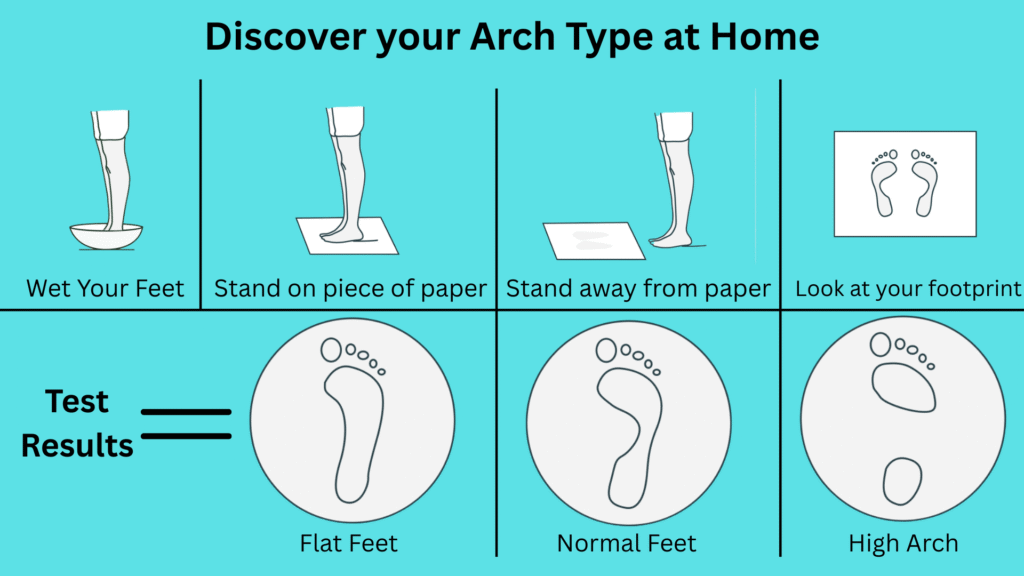
Understanding your arch type is crucial for selecting the right shoes for flat feet. A simple wet test involves dipping your soles in a water basin, stepping onto paper, and observing the moisture to reveal your footprint. This can show whether you have a flat arch or a noticeable curve between forefoot and heel.
Analyzing the shape of your footprint helps a podiatrist or even yourself gauge pronation, tibia rotation, and heel deviation during barefoot movement. Paying close attention to these signs gives a more complete picture of your feet.
Even a small difference in your arch type can impact shoe choice, support needs, and walking comfort. Understanding this helps prevent strain, align your feet properly, and improve overall foot mechanics.
7 Features of Socks for Flat Feet
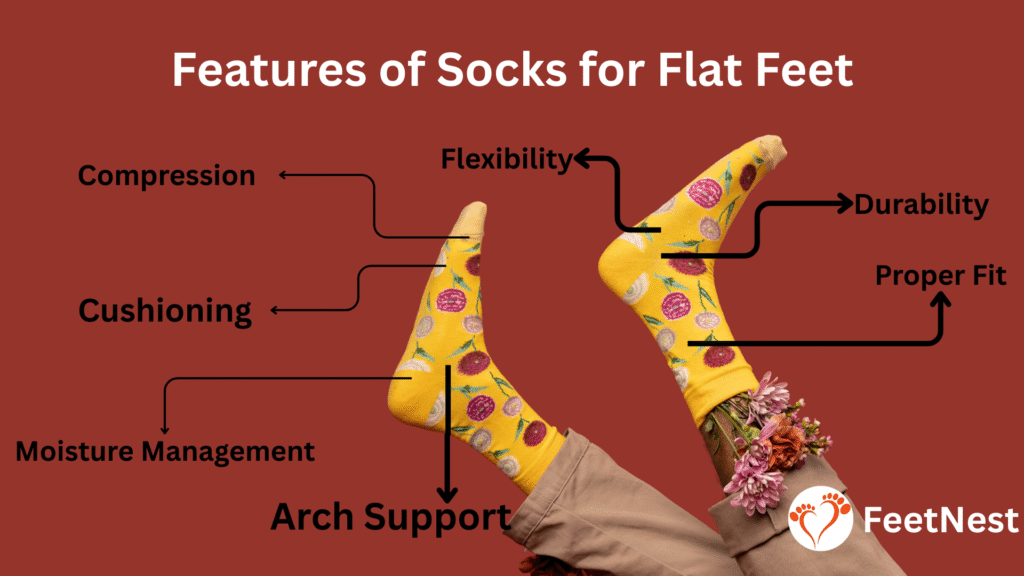
1. Arch Support
For flat feet, proper arch support is essential to stabilize rigid or flexible arches. Socks with built-in arch compression help maintain alignment, reducing strain and visible discomfort during daily activities. From personal experience, supportive socks make long walks noticeably easier and more comfortable.
2. Cushioning
Adequate cushioning in the heel and forefoot absorbs impact during weight-bearing activities, improving overall foot comfort. Padding also reduces stress on sensitive areas, helping prevent soreness. I’ve found that cushioned socks make a huge difference for people prone to arch fatigue.
3. Compression
Compression socks enhance circulation, reduce swelling, and provide gentle pressure for foot comfort during sports or long standing periods. They also help maintain alignment and relieve tension in the arches. Using compression socks during hikes or long walks keeps my feet energized and less fatigued.
4. Moisture Management
Breathable, moisture-wicking materials prevent sweat accumulation, keeping feet dry and comfortable. This feature is crucial during active movement or hot weather, avoiding blisters or irritation. Personally, moisture-managing socks have kept my feet fresher on long travel days.
5. Proper Fit
Socks must stay snug without slipping to provide enhanced support and compensate for missing arch support. A proper fit prevents strain, reduces fatigue, and ensures consistent foot care needs. I always check sock stretch and heel alignment to avoid slippage during walks.
6. Durability
Reinforced areas in the heel and toes extend durability, ensuring long-lasting foot care needs. Strong materials withstand weight-bearing activities while keeping foot comfort consistent. Durable socks save money and maintain support even with heavy daily use.
7. Flexibility & Mobility
Stretchable fabrics allow active movement without compromising non weight-bearing comfort. Socks that move with your foot reduce strain and allow long wear without pressure points. In my experience, flexible socks make both walking and standing all day much more comfortable.
FAQs
Why is arch support crucial in socks for flat feet?
Arch support stabilizes both rigid and flexible arches, reducing strain and maintaining proper alignment. In my experience, socks with targeted arch compression made long walks much more comfortable than standard socks, preventing soreness and fatigue in the midfoot.
How does cushioning enhance comfort for flat-footed individuals?
Cushioning absorbs impact during weight-bearing activities, relieving pressure on sensitive areas like heels and forefoot. I found cushioned socks feel softer on long walks and daily wear, significantly reducing discomfort compared to thin, ordinary socks.
Can compression socks help with swelling and fatigue?
Yes, compression socks improve circulation, reduce swelling, and provide gentle pressure for overall foot comfort. Personally, wearing them during busy days or long standing periods kept my feet energized and minimized arch tension.
Are moisture-wicking socks necessary for flat feet?
Absolutely, moisture management prevents sweat buildup, blisters, and skin irritation. During active days or hikes, socks with breathable, moisture-wicking materials outperformed regular cotton socks, keeping my feet dry and comfortable.
How do I ensure a proper fit for flat feet socks?
A proper fit prevents slipping, enhances arch support, and reduces strain on missing arches. I always check that socks hug the heel and midfoot snugly without squeezing, and this secure fit feels more supportive than loose-fitting socks.
Why is durability important in socks for flat feet?
Durable socks with reinforced heels and toes maintain foot care needs over time. I’ve found that high-quality reinforced socks last longer, retaining their cushioning and support even after weeks of daily weight-bearing activities.
Do flexible socks improve mobility for flat feet?
Yes, stretchable fabrics allow active movement without compromising non weight-bearing comfort. In my experience, flexible socks made walking, hiking, and daily errands much easier than stiffer socks, reducing strain and improving comfort.
Are these socks suitable for sports or long daily wear?
Definitely, socks with arch support, cushioning, and compression handle both sports and long daily activities. On long walks or gym sessions, I noticed less foot fatigue and improved stability compared to regular socks.
How do flat feet socks compare to standard socks?
Specialized socks provide targeted support, cushioning, and compression that standard socks lack. Personally, I felt significantly less arch fatigue and better alignment with these socks, especially during extended periods of standing or walking.
Can wearing these socks prevent long-term foot problems?
Yes, properly designed socks for flat feet help manage foot care needs naturally and reduce strain on arches. Over time, consistent use has improved my overall foot comfort and helped avoid discomfort that ordinary socks often caused.


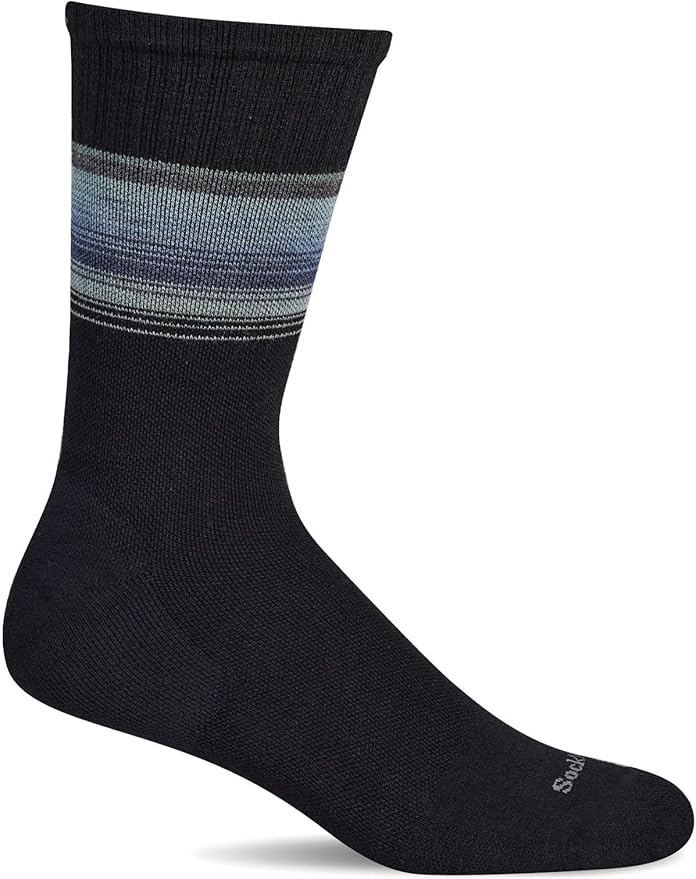
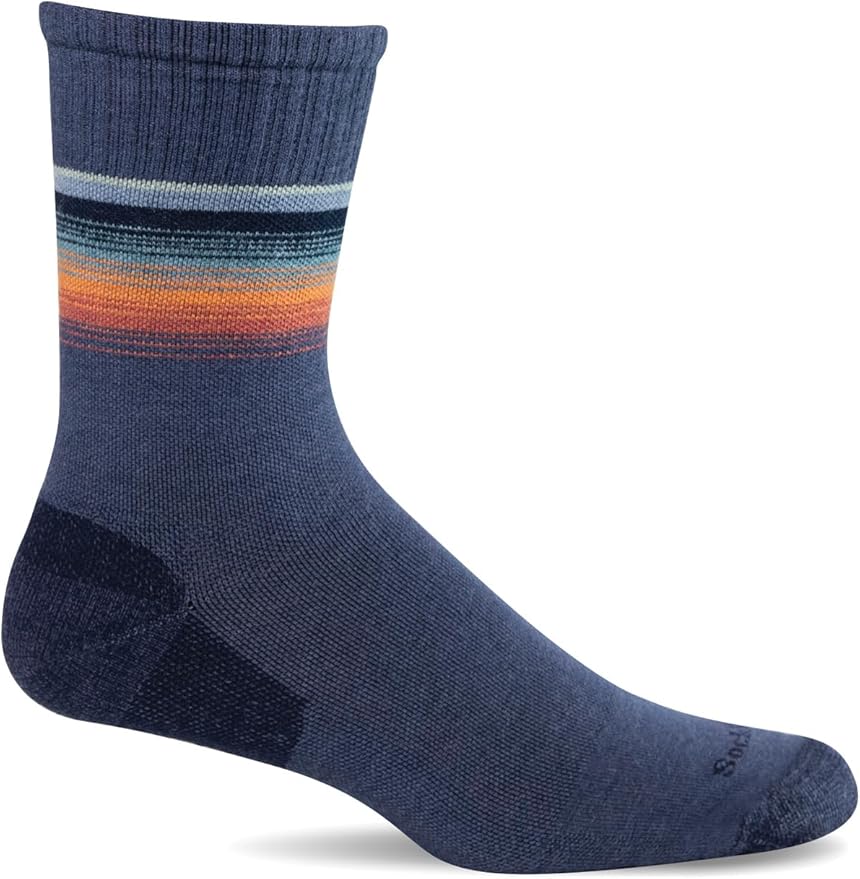
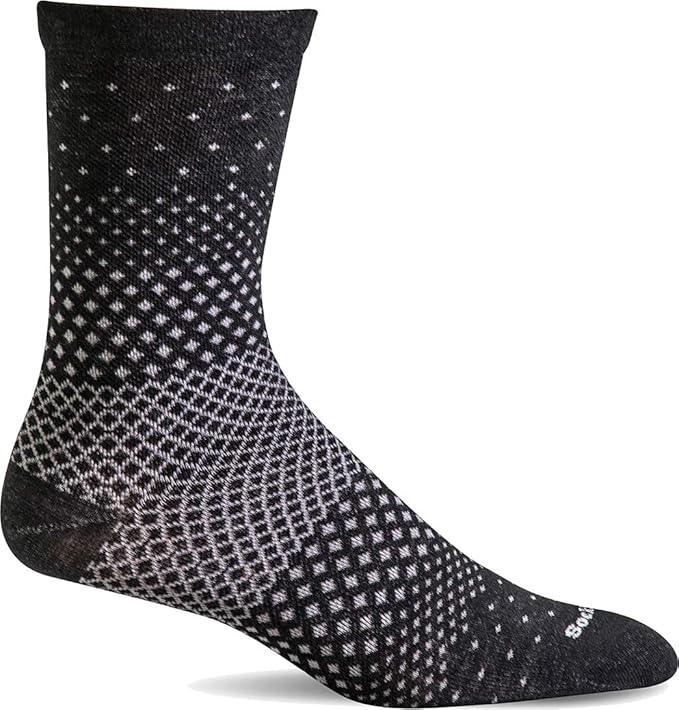
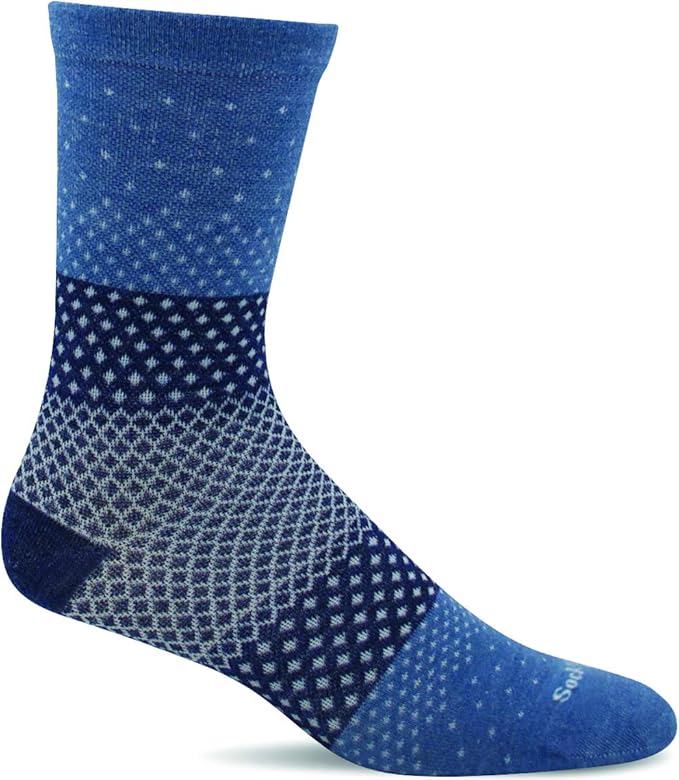
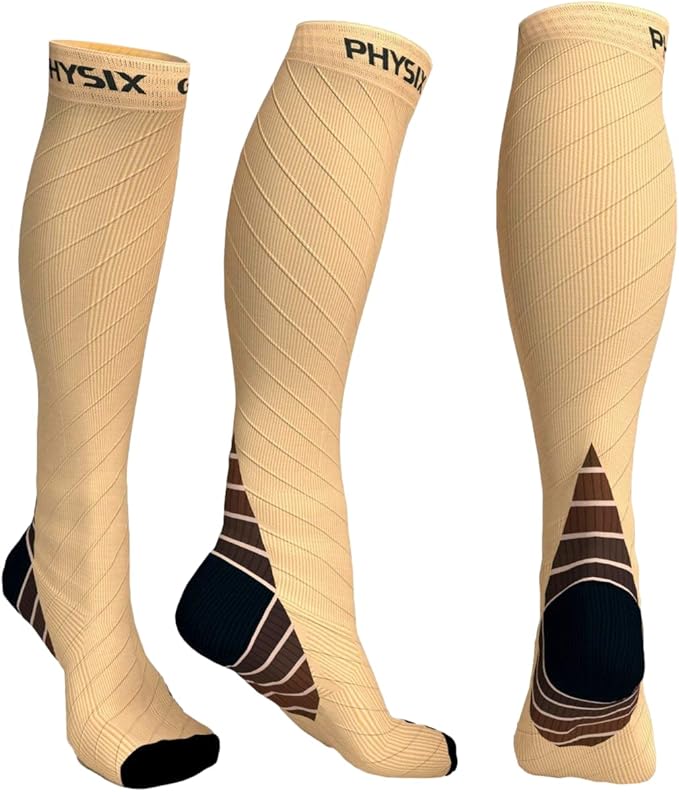
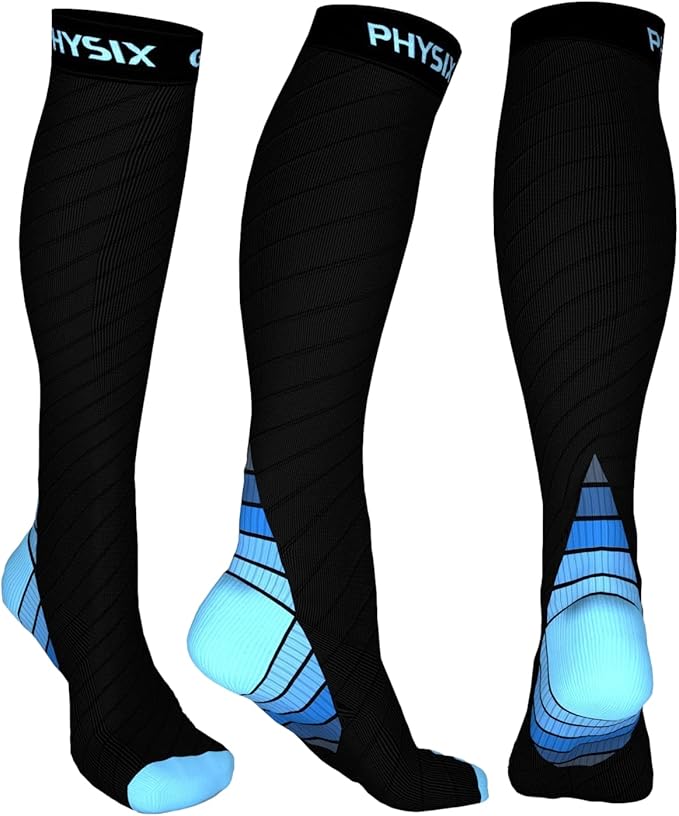
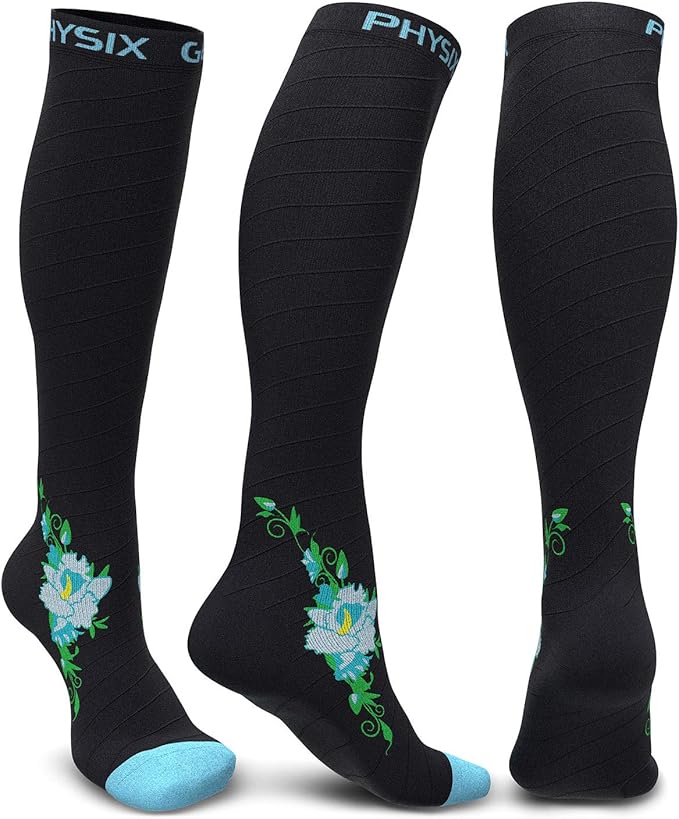
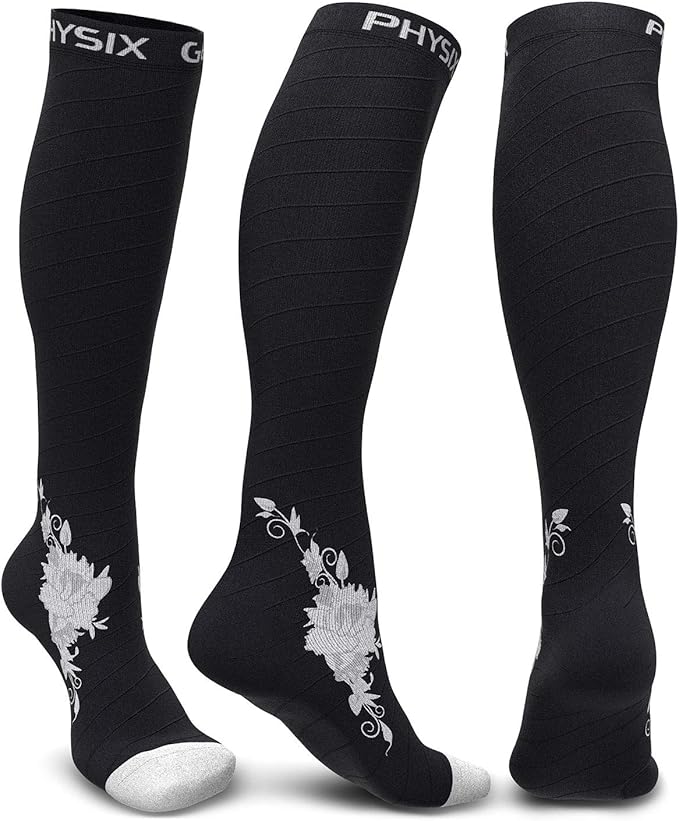
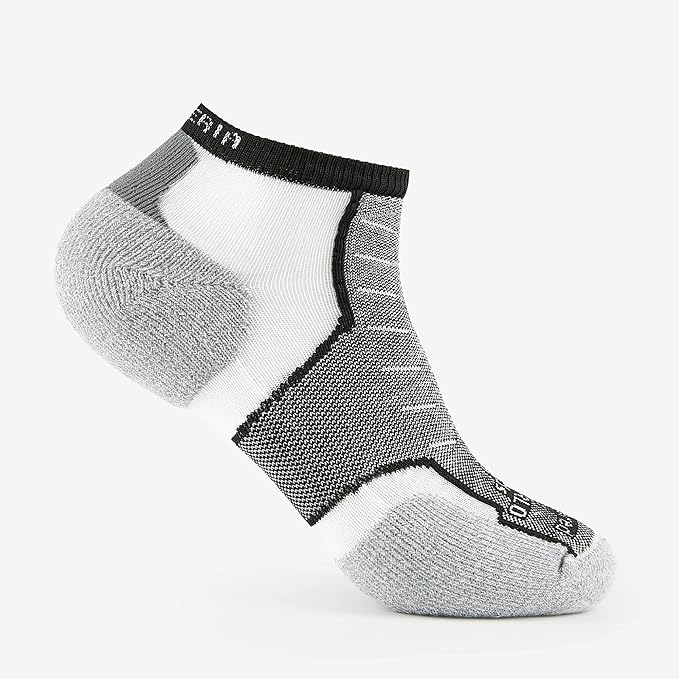
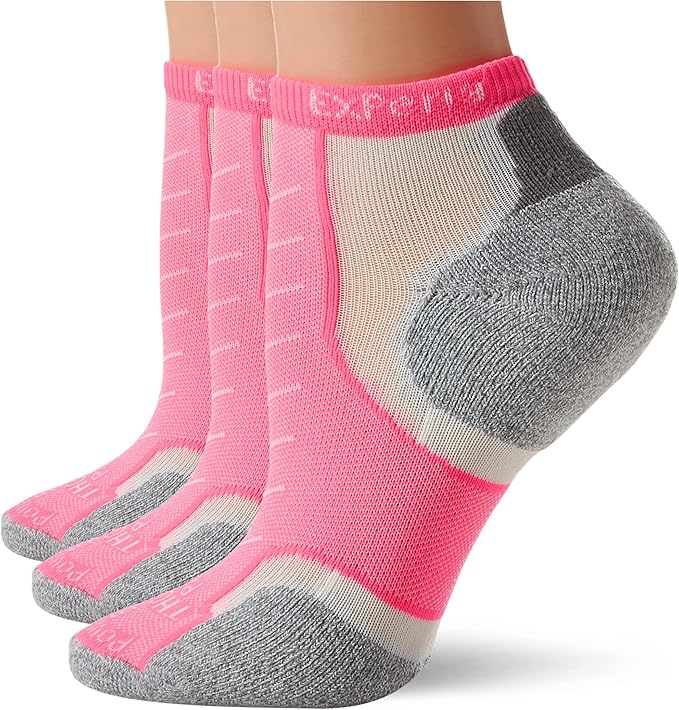
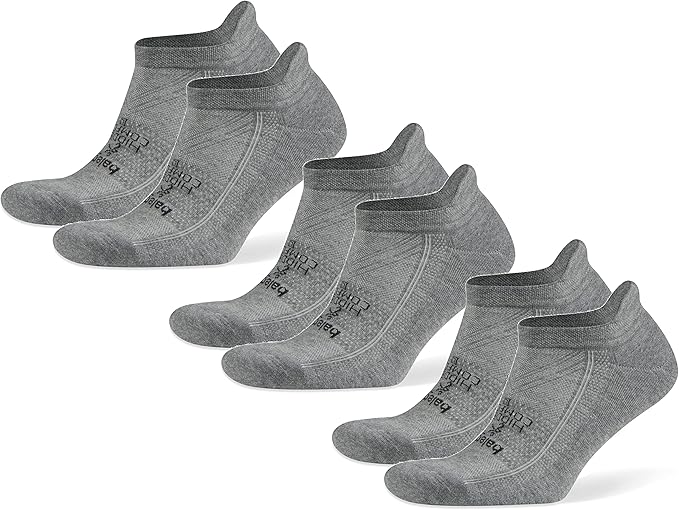
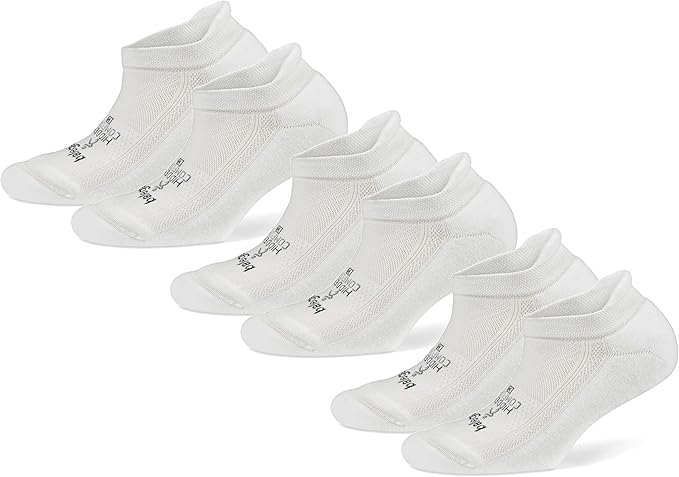
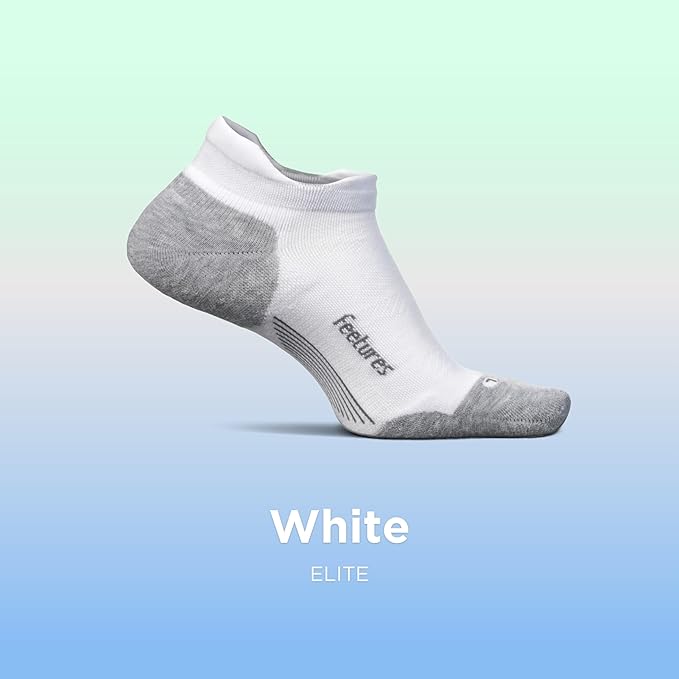
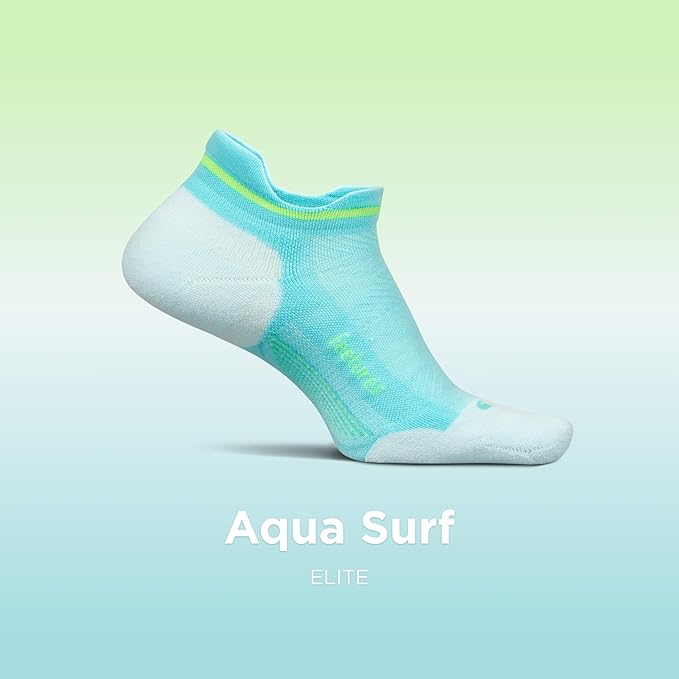
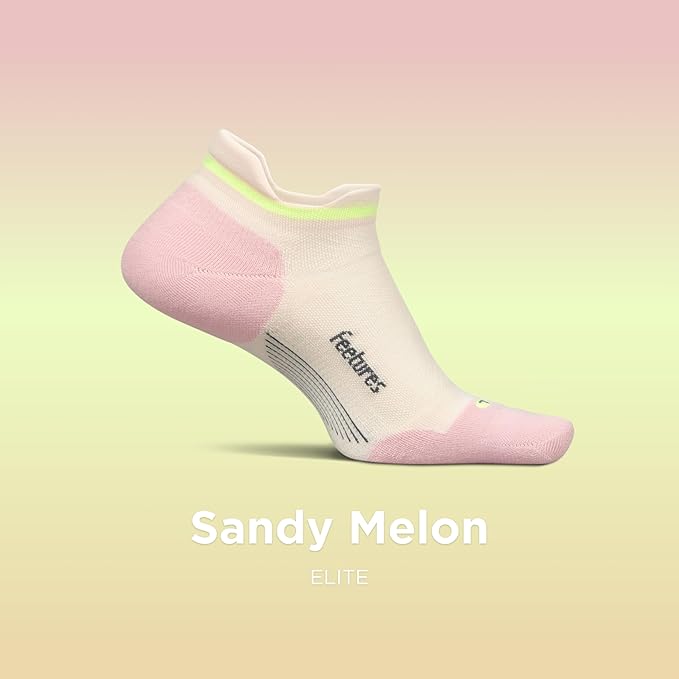


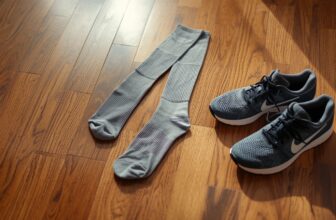
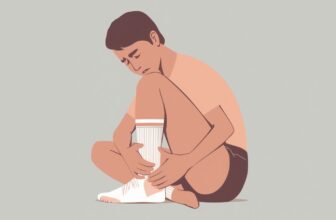
[…] Maybe This can Solve your Problem: 5 Best Socks for Flat Feet in 2025 […]